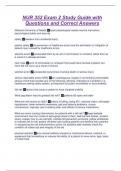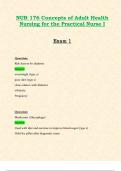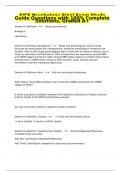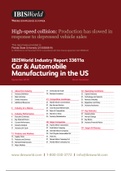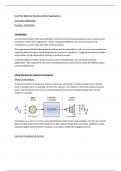Exam (elaborations)
NUR 352 Exam 2 Study Guide with Questions and Correct Answers
- Module
- Institution
Maslow's Hierarchy of Needs basic physiological needs must be met before psychological safety and security safety freedom from accidental injury patient safety the prevention of healthcare errors and the elimination or mitigation of patient injury caused by healthcare errors adverse event uninte...
[Show more]
